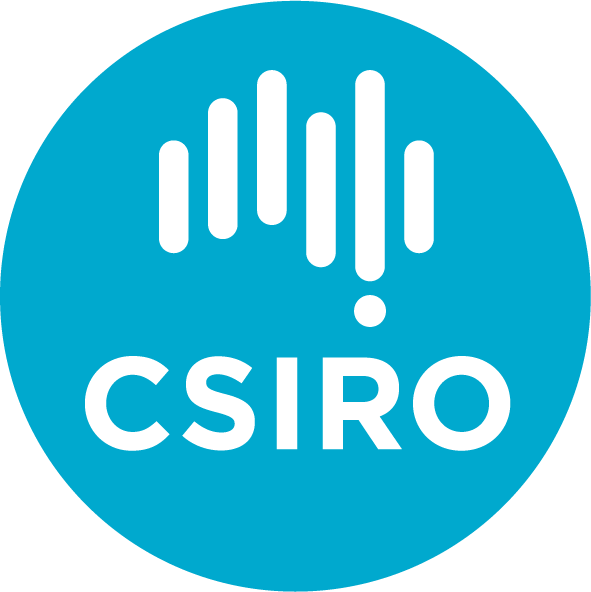Archaeology
Excavation, Surface Survey, & Built HeritageFAIMS was originally built for archaeologists and we have supported many excavation, survey and built heritage projects over the years. We have adapted complex workflows to suit the interdisciplinary natural of archaeological data collection.
Lake Mungo
One of the earliest FAIMS modules was the adaptation of a palm-top-computer workflow designed by Nicola Stern, La Trobe University. The FAIMS module was used in an ARC-funded archaeological survey in the Willandra Lakes World Heritage Area conducted in partnership with the traditional owners of this history.
Perachora
One of our most recent deployments adapted a 2017 FAIMS module for burial recording for a new use on the Perachora Peninsula, Greece in January 2020.
Geoscience
Mineral, Plant, & Geological SurveysThe flexible nature of FAIMS has supported field surveys across many science domains including geochemistry and minerals research, ecology and marine science.
CSIRO Geochemistry
The most frequently deployed FAIMS module is one customised for Dr Jens Klump and Dr Nathan Reid from CSIRO Mineral Resources. It captures metadata for material samples, generates an International Geo Sample Number (IGSN) on the device, and can scan QR codes and print labels on a Bluetooth printer.
Humanities
Oral History & Archival ResearchWhile originally designed for remote fieldwork, the flexible nature of FAIMS makes it suitable for many research projects workflows. FAIMS modules have been create for Oral History recording.
Oral History
The largest FAIMS module deployed to date is one created for Associate Professor Nicholas Doumanis at UNSW Sydney. It was designed to capture oral history interviews conducted for the Greek Australian Archive. In additional to interview metadata, the module captured on-device audio recordings and metadata about external audio-visual equipment.


